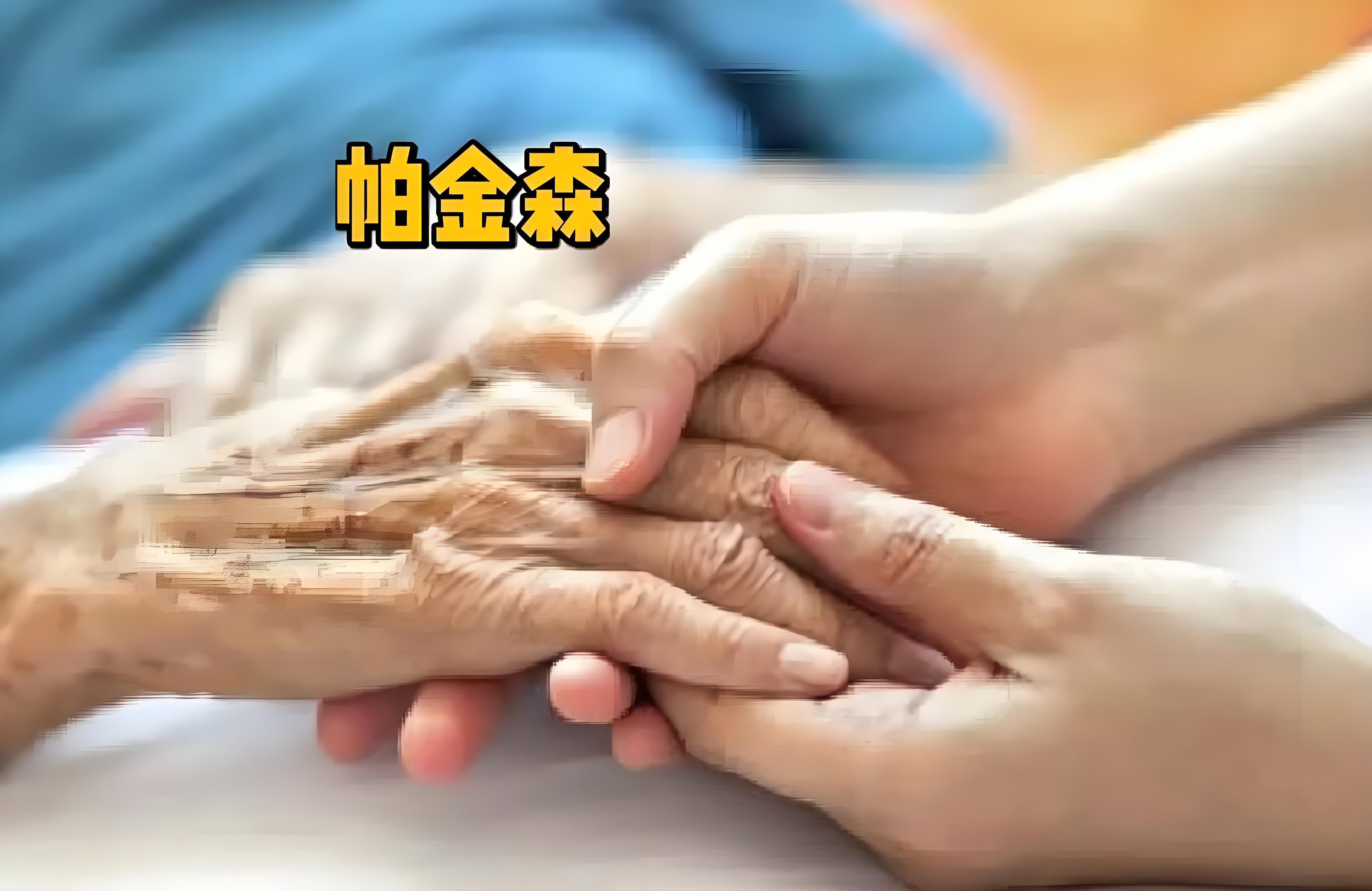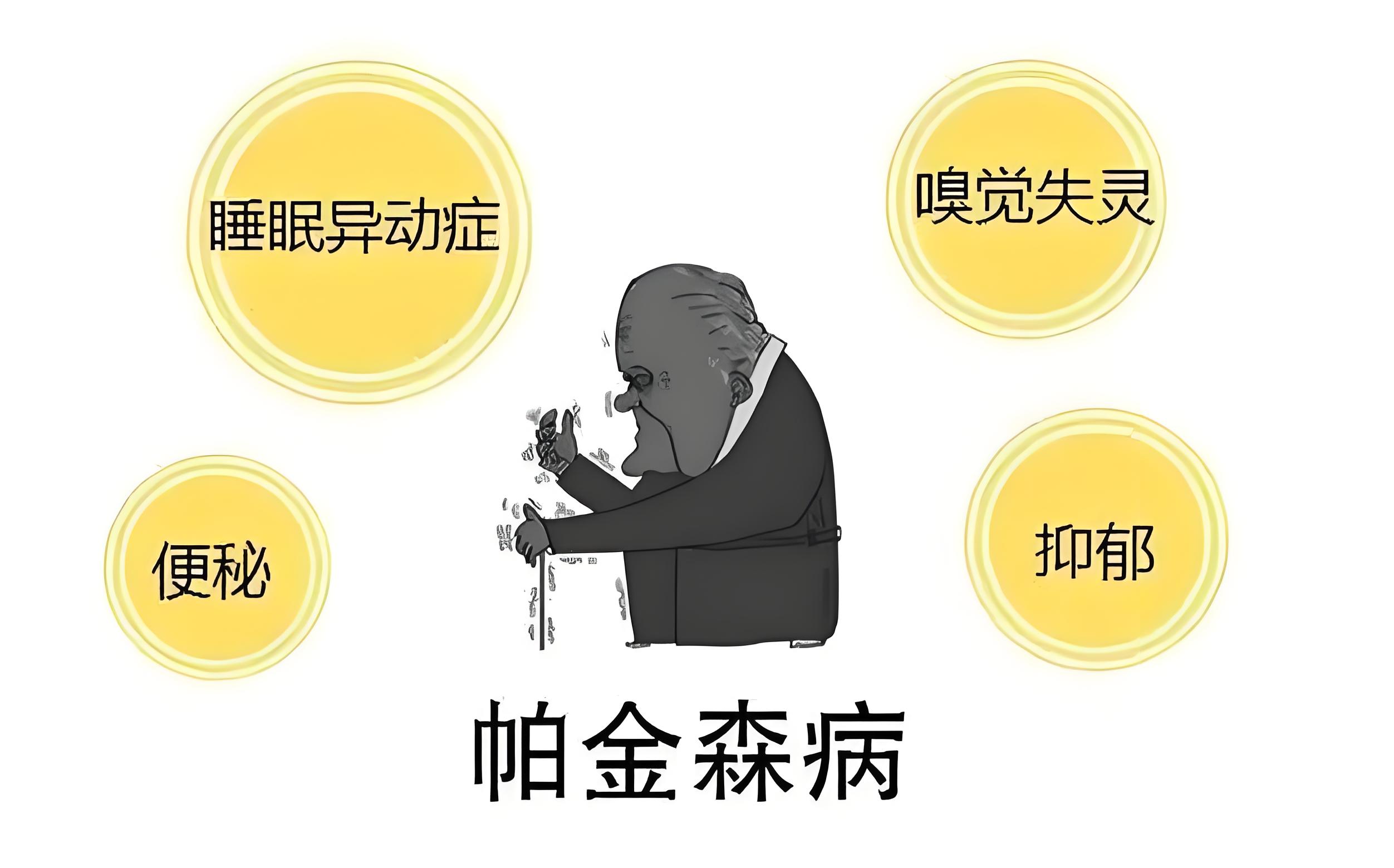牙周韧带(PDL)生物学和发展一种有效的治疗骨和PDL由于牙周炎损伤已在口腔医学的长期目标。在这里,我们首先证明了细胞谱系追踪和矿物双标记方法,小鼠PDL祖细胞显示2 -和3倍矿物质沉积率比4周龄时骨膜及骨内膜,分别。接下来我们证明了骨细胞的病理变化(ocys;由梭形向圆形一> 50%减少枝晶数量/长度,并增加SOST)是关键的病理因素负责骨和牙周骨膜敲除小鼠损伤(牙周炎动物模型)采用新开发的三维FITC imaris技术。
重要的是,我们证明了删除SOST基因(一种有效的抑制剂的Wnt信号)或阻断硬化蛋白功能利用单克隆抗体在牙周炎模型显著恢复骨和PDL的缺陷(N = 4–5;P<0.05)。在一起,在正常牙槽骨形成的PDL的关键贡献的识别,在牙周炎骨丧失的ocys病理变化,与小说之间的联系可能与Wnt信号的PDL将帮助未来的药物开发在牙周炎患者治疗。Ren, Y., Han, X., Ho, S. P., Harris, S. E., Cao, Z., Economides, A. N., Qin, C., Ke, H., Liu, M., Feng, J. Q. 去除费用或阻断其产品可能救牙周炎小鼠模型的缺陷。
原文
Removal of SOST or blocking its product sclerostin rescues defects in the periodontitis mouse model
Abstract
Understanding periodontal ligament (PDL) biology and developing an effective treatment for bone and PDL damage due to periodontitis have been long-standing aims in dental medicine. Here, we first demonstrated by cell lineage tracing and mineral double-labeling approaches that murine PDL progenitor cells display a 2- and 3-fold higher mineral deposition rate than the periosteum and endosteum at the age of 4 weeks, respectively. We next proved that the pathologic changes in osteocytes (Ocys; changes from a spindle shape to round shape with a >50% reduction in the dendrite number/length, and an increase in SOST) are the key pathologic factors responsible for bone and PDL damage in periostin-null mice (a periodontitis animal model) using a newly developed 3-dimensional FITC-Imaris technique. Importantly, we proved that deleting the Sost gene (a potent inhibitor of WNT signaling) or blocking sclerostin function by using the mAb in this periodontitis model significantly restores bone and PDL



